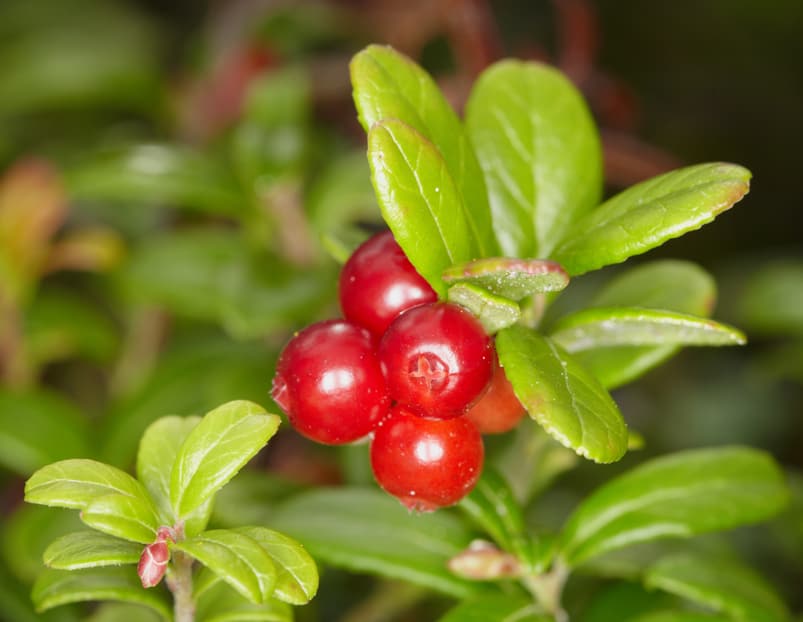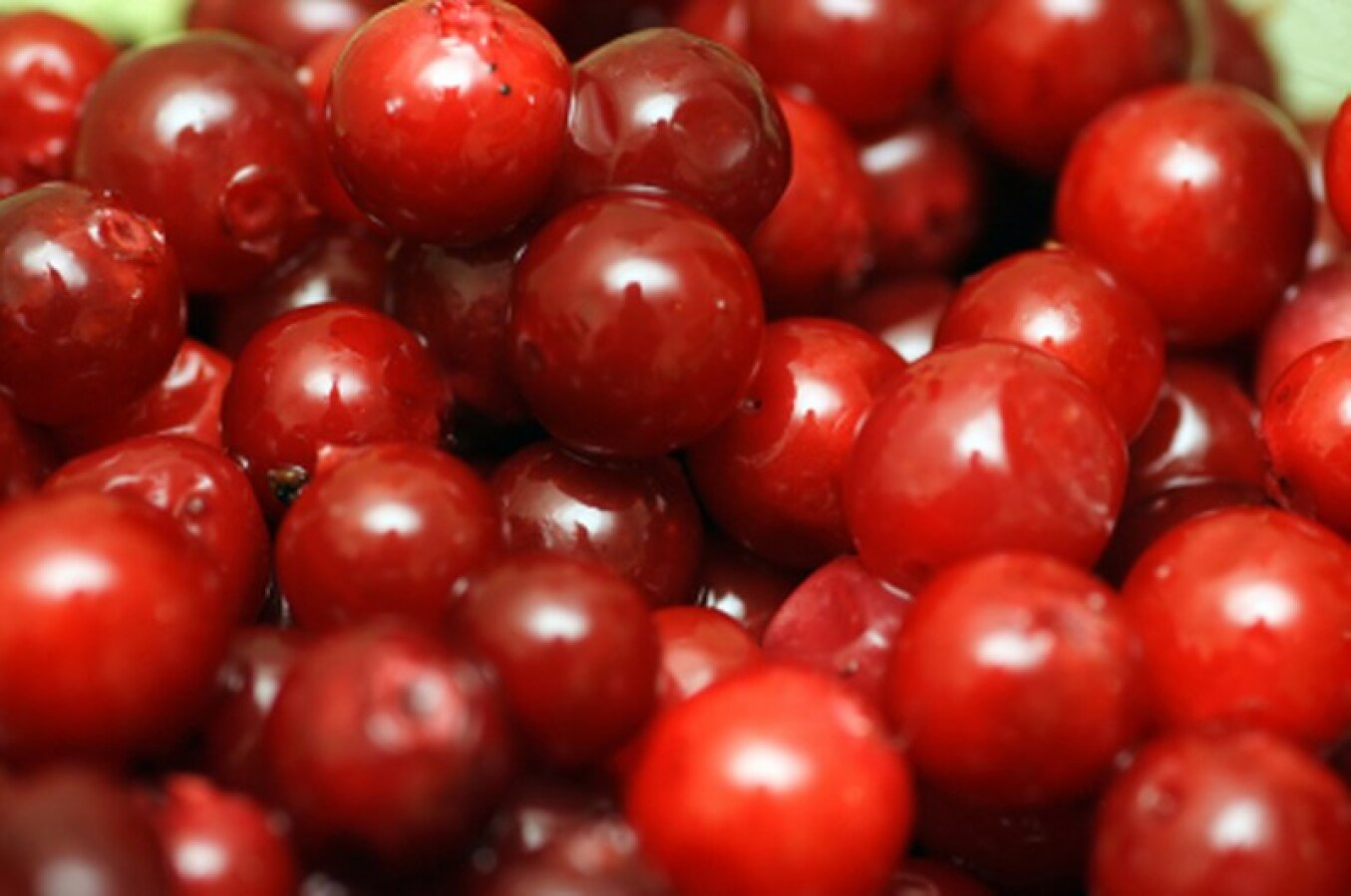

Strawberry seed oil is known for its rich and unique content of valuable nutrients in the form of antioxidants and essential, mainly polyunsaturated fatty acids including linoleic acid belonging to the omega-6 family, which prevent water loss from the skin, soothe and soften irritated skin. These are valuable oils for cosmetic and food use. Vaccinium vitis-idaea seed oil belongs to a new, interesting group of oils obtained from berry fruit seeds. It has a beneficial effect on the structure and appearance of the skin, which becomes more elastic and obtains a nicer colour, and all types of irritation and inflammation (psoriasis, AD, eczema) are alleviated. They are used to make Lillehammer berry liqueur and, in East European countries, lingonberry vodka is sold, and vodka with lingonberry juice or “mors” is a popular cocktail.Cold pressed lingonberry seed oil, thanks to its high content of EFA, antioxidants in the form of vitamin E and phytosterols in the form of beta-sitosterol, shows outstanding nutritional, immunostimulant, anti-allergic, regenerative and anti-aging effects. In Sweden lingonberries are often sold as jam and juice, and as a key ingredient in dishes. In this region they are incorporated into jams, syrups, and baked goods, such as pies, scones, and muffins. The berries are also popular as a wild picked fruit in Eastern Canada, for example in Newfoundland and Labrador and Cape Breton, where they are locally known as partridgeberries or redberries, and on the mainland of Nova Scotia, where they are known as foxberries. The berries can also be used to replace redcurrants when creating Cumberland sauce. In Poland, the berries are often mixed with pears to create a sauce served with poultry or game. In Finland, whipped semolina pudding flavored with lingonberry (puolukkapuuro) is also popular.

A traditional Finnish dish is sautéed reindeer (poronkäristys) with mashed potatoes and lingonberries on the side, either raw, thawed or as a jam.

In Russian folk medicine, lingonberry water was used as a mild laxative. This traditional Russian soft drink, known as “lingonberry water”, is mentioned by Alexander Pushkin in Eugene Onegin. This was also a home remedy against scurvy. This was known as vattlingon (watered lingonberries) the procedure preserved them until next season. In Sweden and Russia, when sugar was still a luxury item, the berries were usually preserved simply by putting them whole into bottles of water. Berries are tart but can be cooked, sweetened and turned into Lingonberry jam or syrup. The popular berry is known to be picked wild and used in a variety of European dishes. This was very common in old times, because it was an easy and tasty way to preserve pears. Lingonberry is an edible berry producing plant and spreading ground cover that is native to the Northern Hemisphere. A traditional Swedish dessert is lingonpäron (literally lingonberry pears), consisting of fresh pears which are peeled, boiled and preserved in lingondricka (lingonberry juice) and is commonly eaten during Christmas.

#Lingon beery full#
Preserved fruit is commonly eaten with meatballs, as well as potato pancakes. lingonberry Position: full sun or partial shade Soil: prefers moist but well-drained, acidic soil or ericaceous compost in a pot Flowering period: June to. In Sweden, Finland and Norway, reindeer and elk steaks are traditionally served with gravy and lingonberry sauce. Fruit served this way or as compote often accompanies game and liver dishes. This mix can be stored at room temperature in closed but not necessarily sealed containers, but in this condition, they are best preserved frozen. The raw fruits are also frequently simply mashed with sugar, which preserves most of their nutrients and taste. The berries are quite tart, so they are often cooked and sweetened before eating in the form of lingonberry jam, compote, juice, smoothie or syrup. In some areas, they can be picked legally on both public and private lands in accordance with the freedom to roam. The berries collected in the wild are a popular fruit in northern, central and eastern Europe, notably in Nordic countries, the Baltic states, central and northern Europe. Pacific Northwest and in many other regions of the world. Commercial cultivation is undertaken in the U.S. Lingonberries are picked in the wild and used to accompany a variety of dishes in Northern Baltoscandia, Russia, Canada and Alaska. It is native to boreal forest and Arctic tundra throughout the Northern Hemisphere, from Europe and Asia to North America. Vaccinium vitis-idaea, the lingonberry, partridgeberry, mountain cranberry or cowberry, is a small evergreen shrub in the heath family Ericaceae, that bears edible fruit.


 0 kommentar(er)
0 kommentar(er)
